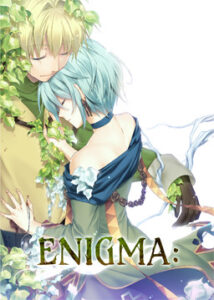


The enemy designs are generic at best, with three-dimensional sprites that could fit in any other RPG and clash with the “classic” aesthetic of the otherwise two-dimensional dialogue sprites in menus.įurthermore, random encounters are present in the form of a meter that fills up while you walk. The dungeons’ design ranges from bog-standard forests to mostly empty caves, with clunky overworld exclamation points to show where you have to go. However, the dungeons themselves truly feel “old school” in the negative sense. Quests contribute to the feeling of being an adventurer. Even if the choices are limited to what missions you can actually accomplish with your current level, the freedom to choose based on your judgment really imparts the feeling of being an adventurer. The lack of early game handholding is another great aspect that tramples over the age-old tropes of RPGs. In that sense, the quest system feels liberating, letting you loose to complete whatever mission you would like. Taking a page from open-world JRPGs, Magnum offers missions that will eviscerate early-game parties. Resource management plays a vital role, even in smaller dungeons. An early example is the aptly named “Rance Attack,” a powerful shockwave that deals massive damage to all enemies, but it can only be used once per dungeon. It is also a way to judge how powerful a new attack is. This even gives incentive to letting certain party members skip their turn to save those precious usage points.

This is where the difficulty lies, as you can quickly burn through your most powerful attacks and be unable to fight the quest’s boss. However, Magnum’s usage limit system limits the most powerful attacks to four or fewer uses, which is pretty low. Other games have this restriction instead of MP as a way to discourage using the same attack repeatedly. Straightforward, compact movesets make it easy to understand character roles.Īdditionally, each action has a usage limit per dungeon.


 0 kommentar(er)
0 kommentar(er)
